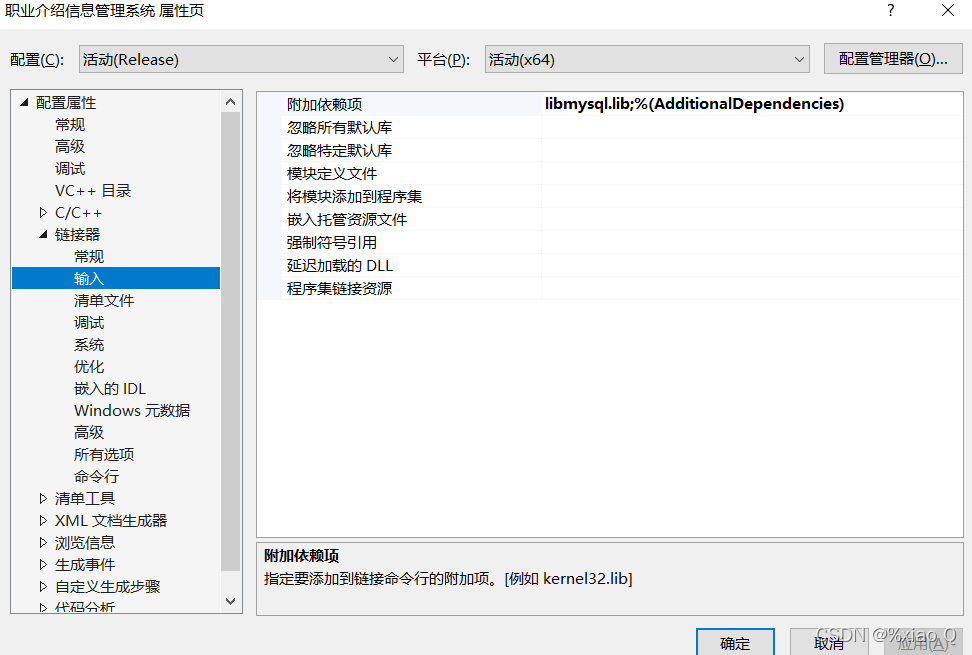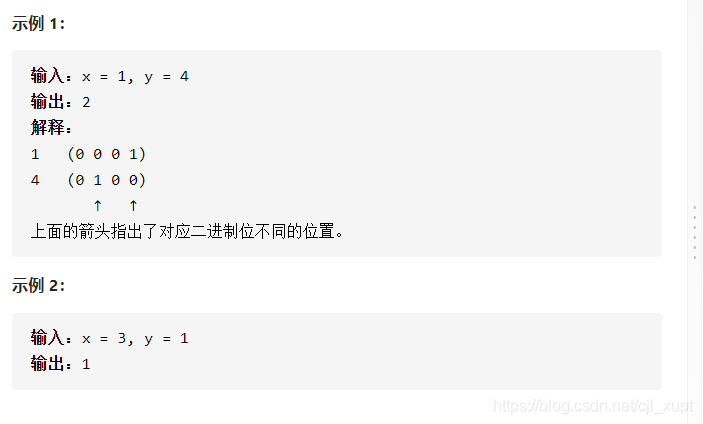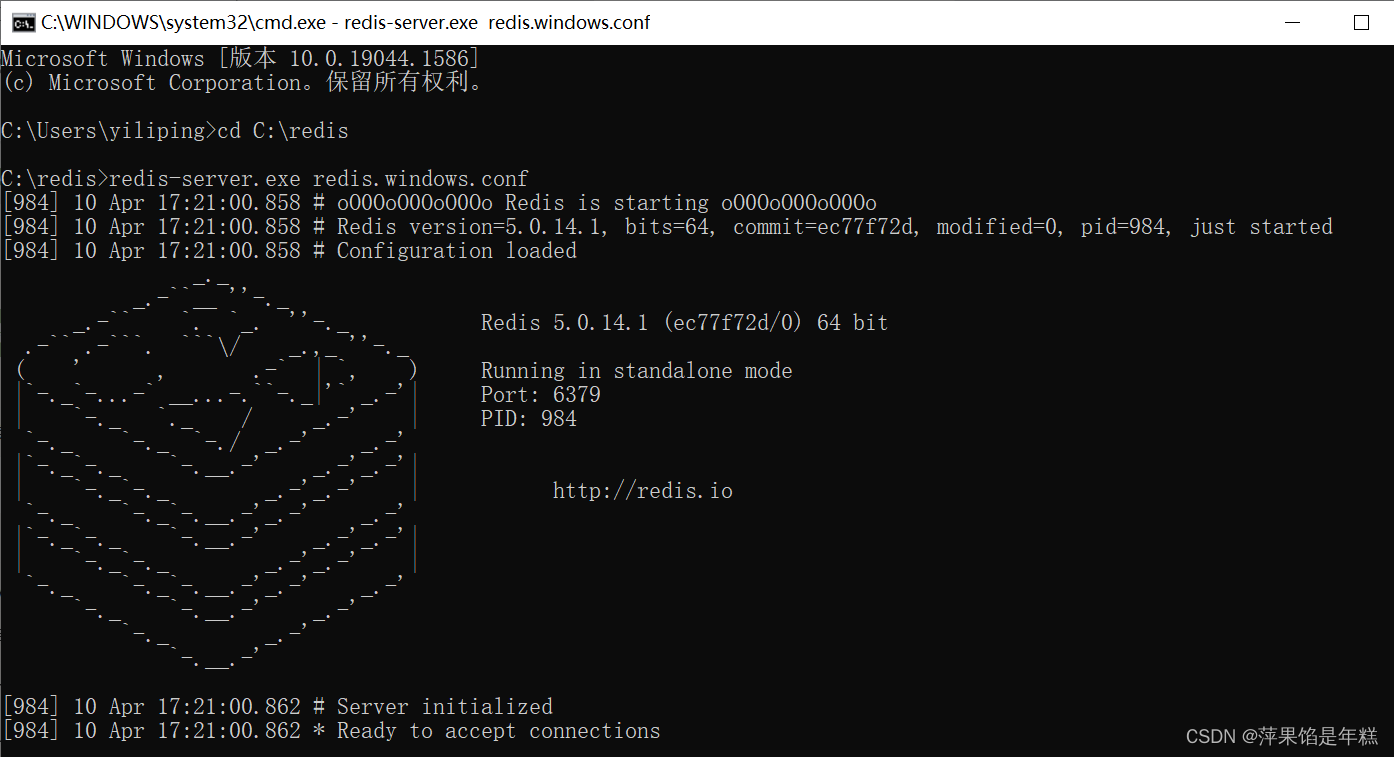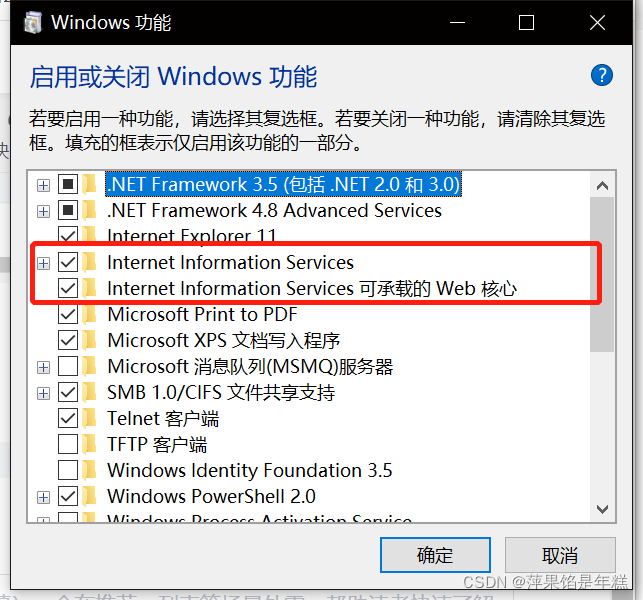当前位置:网站首页>express框架详解
express框架详解
2022-07-06 09:14:00 【进阶日记】
Express
使用express可以快速创建web网站服务器或者API接口服务器
1.创建express的web服务器
// 导入express
const express = require("express")
// 创建web服务器
const app = express()
// 启动web服务器
app.listen(8088,()=>{
console.log('http://127.0.0.1:8088');
})
2. 监听get/post请求
// 监听GET请求并返回响应内容,第一个参数为请求的url
app.get('/get',(req,res)=>{
//req.query获取请求是发送的参数
console.log(req.query)//http://127.0.0.1:8088/get?name=zs&age=18
//{ name: 'zs', age: '18' }
// 调用express提供的res.send()方法,设置返回的JSON对象
res.send({name:"zs",age:20,gender:"男"})
})
// 监听POST请求并返回响应内容,第一个参数为请求的url
app.post('/post',(req,res)=>{
// 调用express提供的res.send()方法,设置返回的JSON对象
res.send({name:"zs",age:20,gender:"男"})
})
向http://127.0.0.1:8088/post发送请求返回值为
{ "name": "zs",
"age": 20,
"gender": "男"}
3.获取参数
//静态参数
app.get('/get',(req,res)=>{
//req.query获取请求是发送的参数
//http://127.0.0.1:8088/get?name=zs&age=18
res.send(req.query)
//{ name: 'zs', age: '18' }
})
//动态参数
app.get('/getId/:id',(req,res)=>{
//req.query获取请求是发送的参数
//http://127.0.0.1:8088/getId/12
res.send(req.params)
})
//返回
{
"id": "12"
}
//多个动态参数
app.get('/getId/:id/:name',(req,res)=>{
//req.query获取请求是发送的参数
//http://127.0.0.1:8088/getId/12/zs
res.send(req.params)
})
//返回
{
"id": "12"
"name":"zs"
}
4. 中间件
//app.use()作用为注册全局中间件,app.use('path',function())第一个参数为路径若为/可省略
express中间件分成三种
1.内置中间件 static
2.自定义中间件
3.第三方中间件 (body-parser) (拦截器)
app.use(express.static('public'))
app.use(express.static('dome'))
//可以直接访问到
http://127.0.0.1:8088/index.html
http://127.0.0.1:8088/index.css
http://127.0.0.1:8088/index.js
//会优先查找public文件中的index文件,如果找不到就找dome中的index文件
app.use('/public',express.static('public'))
//访问时要http://127.0.0.1:8088/public/index.html
//自定义全局生效的中间件 可以定义多个中间件,会按顺序调用中间件
app.use(function (req, res, next) {/*表示匹配任何路由*/
console.log(new Date())
next()/*表示匹配完成这个中间件就继续往下执行。*/
})
//局部中间件
let func = function (req, res, next) {/*表示匹配任何路由*/
console.log(new Date())
next()/*表示匹配完成这个中间件就继续往下执行。*/
}
//可以定义多个局部中间件
app.get('/',func1,func2,(req,res)=>{
res.send('get router为:/')
})
//使用中间件来处理请求数据
app.use(express.json())
app.use(express.urlencoded({extended:false})
//使用第三方中间件 (body-parser) (拦截器)
1. npm install body-parser
//到如中间件
const parser = require("body-parser")
//注册中间件
app.use(parser.urlencoded({extended:false})
//nodejs内置querystring模块处理查询字符串将查询字符串转为对象格式
const qs = require("querystring")
console.log(qs.parse(str))
5. nodemon
能够不用频繁启动修改后的项目,nodemon会自动重启项目方便开发和测试
npm install -g nodemon
使用nodemon app.js来运行项目,不用node app.js
6. 路由
1. 原始方式挂载
const express = require("express")
const app = express();
// 挂载路由
app.get('/',(req,res)=>{
res.send('get router为:/')
})
app.post('/',(req,res)=>{
res.send('post router为:/')
})
app.listen(8088,()=>{
console.log("http://127.0.0.1:8088");
})
2.使用express路由
//在router.js中创建路由对象
const express = require("express")
const router = express.Router();
// 挂载具体路由
router.get('/user/list',(rep,res)=>{
res.send("GER user list")
})
router.post("/user/add",(req,res)=>{
res.send("POST user add")
})
// 向外导出路由对象
module.exports = router
//在index.js中引用路由
const express = require("express")
const app = express()
// 导入路由模块
const router = require("./router")
// 注册路由模块
app.use(router)
app.listen(8088,()=>{
console.log("http://127.0.0.1:8088");
})
//app.use('/api',router)//为路由添加统一前缀http://127.0.0.1:8088/api/user/add
7.编写get/post接口
const express = require("express");
const app = express()
const router = express.Router()
app.use(express.urlencoded({extended:false}))
router.get('/get',(req,res)=>{
// 客户端发送的请求数据
const query = req.query;
res.send({
status:0,//0表示成功,1表示失败
msg:"GET请求成功",//状态的描述
data:query//需要响应给客户端的数据
})
})
router.post('/post',(req,res)=>{
// 客户端发送的请求数据
const body = req.body;
// 配置解析表单数据的中间价
res.send({
status:0,//0表示成功,1表示失败
msg:"POST请求成功",//状态的描述
data:body//需要响应给客户端的数据
})
})
app.use(router);
app.listen(8088,()=>{
console.log("get请求");
})
8.cors跨域解决
const express = require("express");
const cors = require("cors")
const app = express()
//使用第三方中间件解决跨域
app.use(cors())
//自定义cors设置支持跨域的请求
var cors = function(req,res,next()){
res.header('Access-Control-Allow-Origin', 'http://localhost:8088');//请求地址
res.header('Access-Control-Allow-Methods', 'GET,PUT,POST,DELETE');//请求方式
res.header('Access-Control-Allow-Headers', 'Content-Type');//请求头
next()
}
app.use(cors)
边栏推荐
- Did you forget to register or load this tag
- L2-001 emergency rescue (25 points)
- Solve the problem of installing failed building wheel for pilot
- QT creator runs the Valgrind tool on external applications
- AcWing 1298. Solution to Cao Chong's pig raising problem
- Image recognition - pyteseract TesseractNotFoundError: tesseract is not installed or it‘s not in your path
- What does usart1 mean
- 图片上色项目 —— Deoldify
- QT creator create button
- L2-004 is this a binary search tree? (25 points)
猜你喜欢

QT creator create button

MySQL and C language connection (vs2019 version)

Double to int precision loss

Leetcode 461 Hamming distance

Did you forget to register or load this tag

Windows下安装MongDB教程、Redis教程

打开浏览器的同时会在主页外同时打开芒果TV,抖音等网站

学习问题1:127.0.0.1拒绝了我们的访问

MTCNN人脸检测

PyCharm中无法调用numpy,报错ModuleNotFoundError: No module named ‘numpy‘
随机推荐
AcWing 179. Factorial decomposition problem solution
Vs2019 desktop app quick start
Did you forget to register or load this tag 报错解决方法
Cookie setting three-day secret free login (run tutorial)
nodejs 详解
Nanny level problem setting tutorial
Solve the problem of installing failed building wheel for pilot
库函数--(持续更新)
ES6 let 和 const 命令
wangeditor富文本引用、表格使用问题
连接MySQL数据库出现错误:2059 - authentication plugin ‘caching_sha2_password‘的解决方法
Solution of deleting path variable by mistake
[蓝桥杯2017初赛]方格分割
自动机器学习框架介绍与使用(flaml、h2o)
Unable to call numpy in pycharm, with an error modulenotfounderror: no module named 'numpy‘
天梯赛练习集题解LV1(all)
Tcp/ip protocol (UDP)
Django running error: error loading mysqldb module solution
neo4j安装教程
JDBC principle